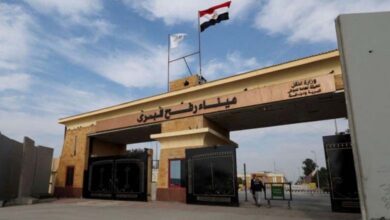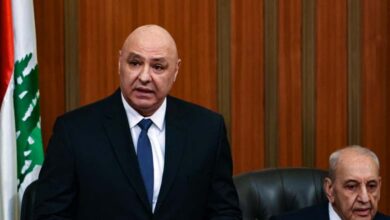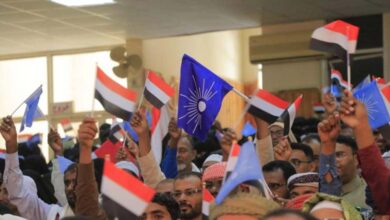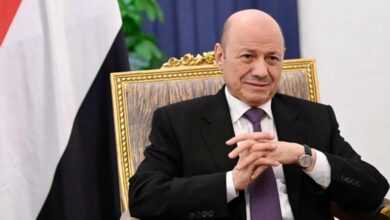What are the reasons behind the internal conflicts and divisions within the Muslim Brotherhood? What happened?

More than 10 years have marked the end of a historical era for the terrorist group of the Muslim Brotherhood, after nearly a century since the realization of the dream of Hassan el-Banna, the group’s founder in 1928. However, the group has ended where it started, and internal conflicts are now gnawing at the body of the group.
Finally, the group has become a collection of groups, and each leader of the terrorist group now has their own group, targeting other groups. Division is now the fate of all, amidst continuous and multiple efforts to search for a new identity and attract new members after a series of failures over a period of ten years.
Dissensions Strike the Group
Continuous dissensions strike the terrorist group, and this has been particularly notable recently, with conflicts not motivated by a cause, principle, or value, but built on competition for positions and chairs, with positions being the real ambition of many members of the group, while the leaders of the group are in constant conflict to secure multiple positions, after most of the leaders of the Muslim Brotherhood have been sentenced to life imprisonment or death in Egypt.
The Muslim Brotherhood began these dissensions and conflicts since the revolution of June 30 until now, which is not the first time in the history of the group.
History of Conflicts
The roots of disagreements began with Ahmed el-Sakka, the real founder of the group, his loyal lieutenant, and longtime companion of Hassan al-Banna. When he discovered that the latter was diverting money collected for donations under the banner of the Palestinian cause, history repeats itself today as the Muslim Brotherhood exploits the war in Gaza for its own ends.
The Muslim Brotherhood is experiencing its most difficult period due to internal conflicts for leadership, positions, and the distribution of funds.
According to a report in The Economist magazine, at present, a large portion of the leaders of the Muslim Brotherhood in London, Istanbul, and Egypt are exchanging insults and accusations of corruption, theft, and servility to foreign intelligence agencies.
Samah Eid, a political researcher specializing in terrorist groups, said that the terrorist group began fighting for the position of guide very early on, with three fronts within the group, and the most hostile being those of Istanbul and London, both suffering greatly from the consequences of the crisis. The Istanbul front is going through a difficult period after the Turkish-Egyptian reconciliation, putting them in a period of stagnation, while the London front is trying by all means to reach a stage of complete integration of the group, but this will not happen as long as the majority, mainly in Egypt, refuses their presence at the head of the group.
Eid added that the youth of the group began to see what was happening a long time ago, which led to clear differences between the leaders, as the situation is now clear to everyone, with accusations of corruption, embezzlement of funds, as well as exploitation of the cause to satisfy personal ambitions and schism, as there is currently no safe haven accepting the terrorist presence of the Muslim Brotherhood.
On the other hand, the dissenting leader of the group, Tarek el-Beshbishi, believes that the group has been collapsing since 2013, that the revolutions of the peoples in Egypt and Tunisia have shaken them, and that the real leaders of the group are now in prison, while those abroad are only seeking power. The leaders of the Muslim Brotherhood are opportunists who steal money and seek to rule without regard to other groups.
El-Beshbishi pointed out that the international organization of the Muslim Brotherhood seeks to end the presence of Egyptians, especially because most of them belong to the category of polarizing pilots who reignite internal conflict, and that the group has also slipped into an organizational crisis as a result of its overthrow from power, resulting in internal divisions reaching their peak in 2021, where the group was divided into two main currents and several smaller groups. With the transfer of the leadership of the group abroad, the inadequacy of its internal system for the new situation has been revealed.












